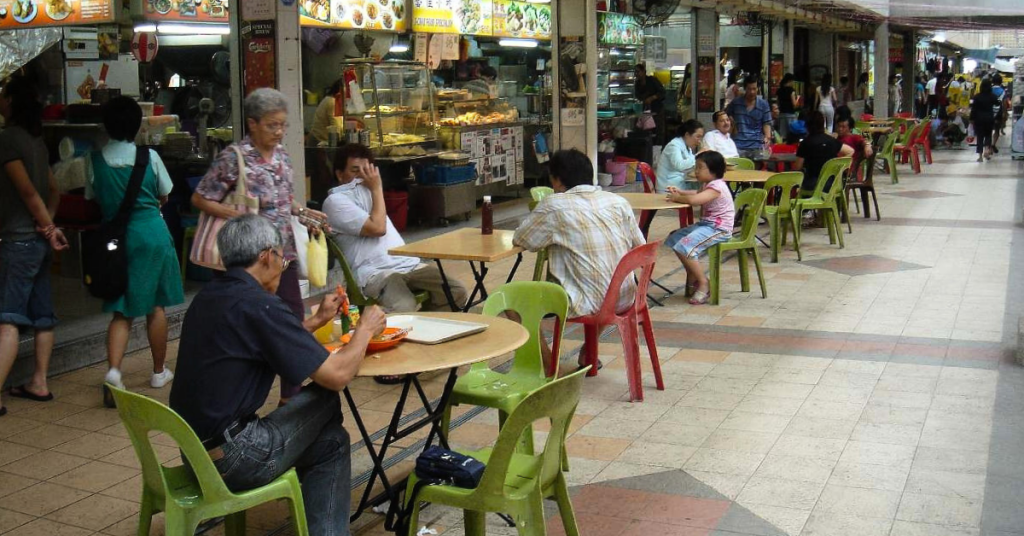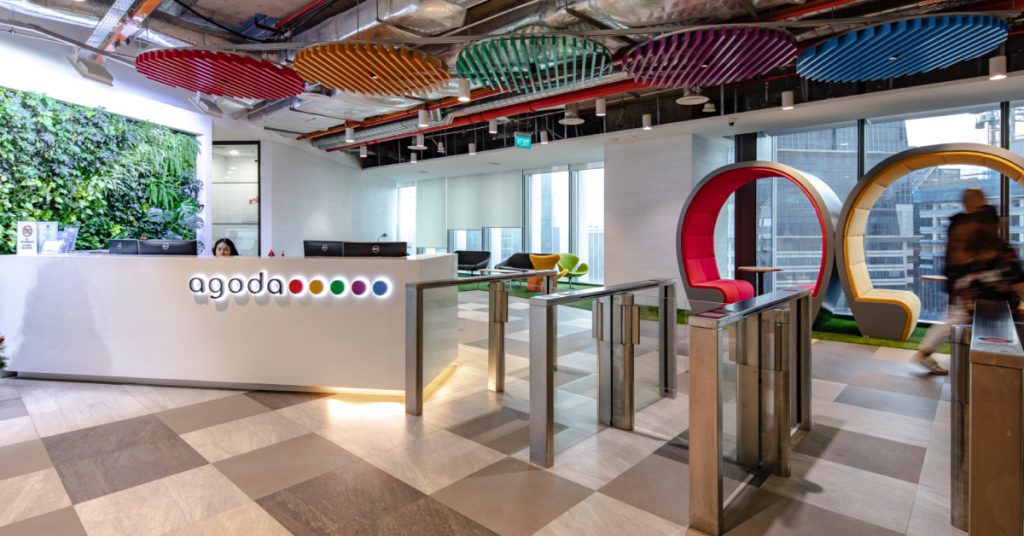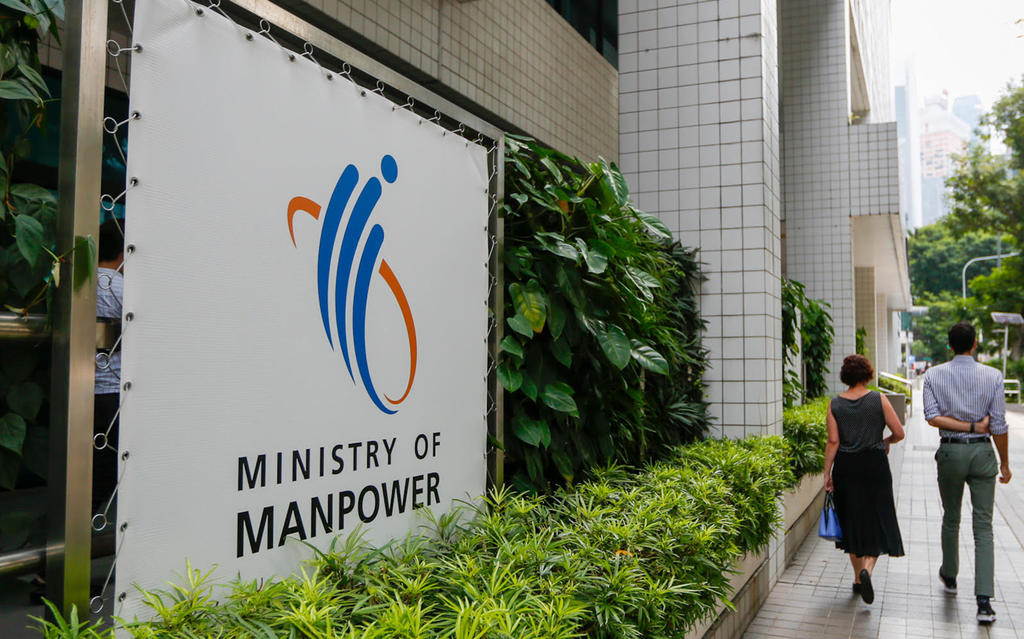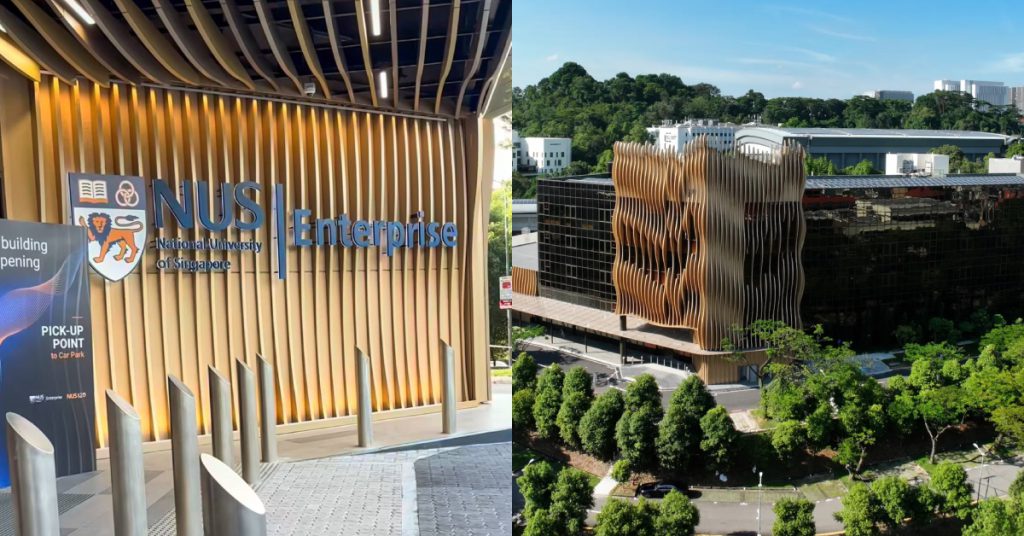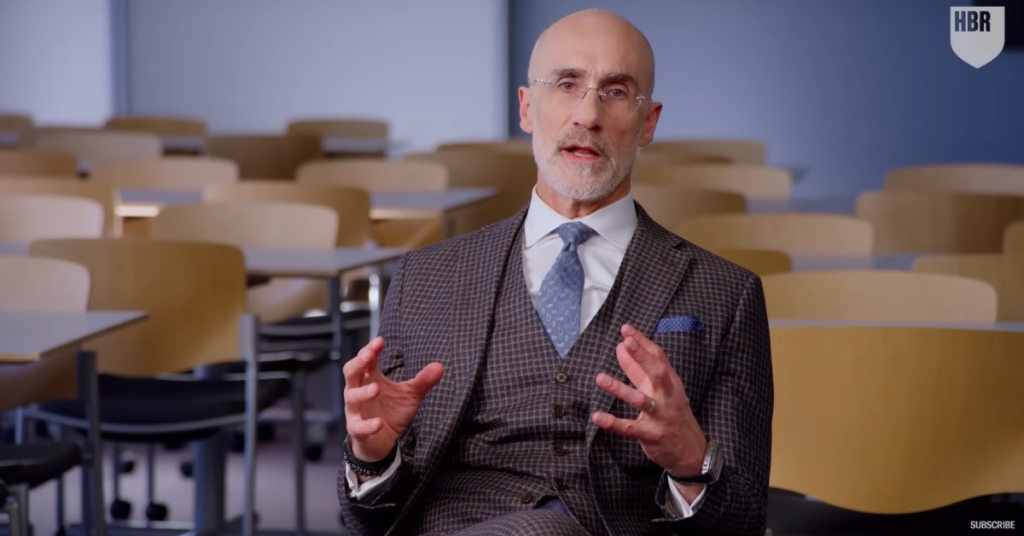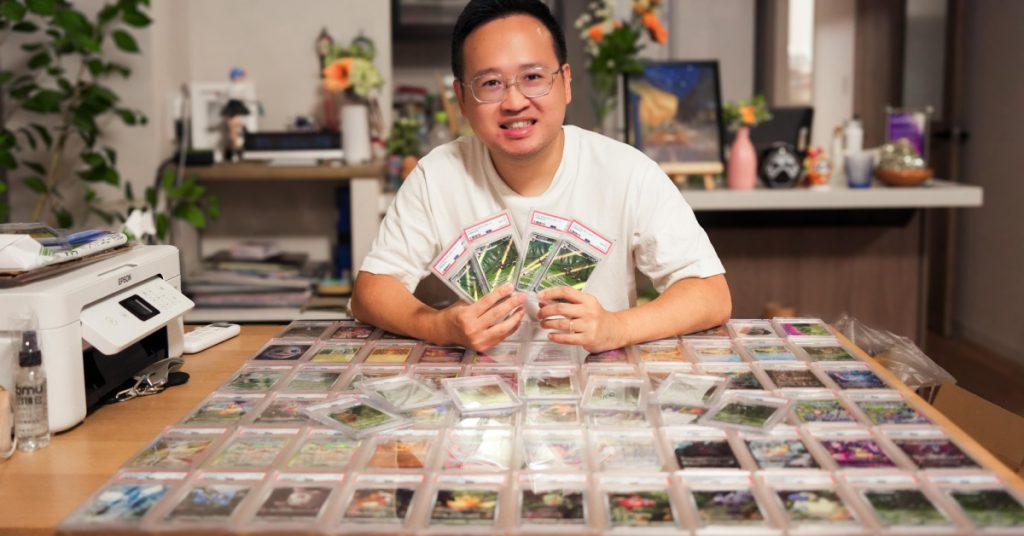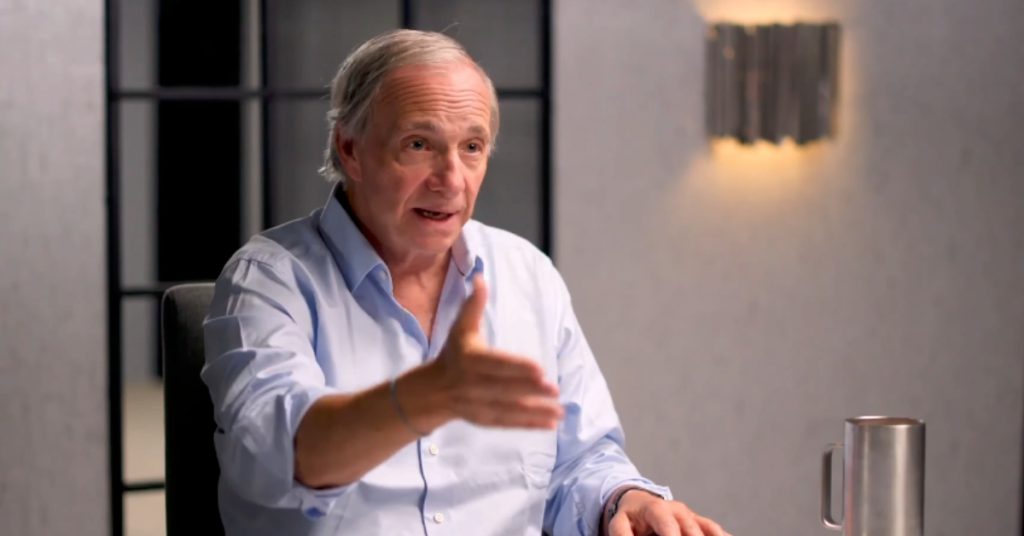If you’ve ever walked into a coffee shop toilet in Singapore and immediately regretted it, you’re not alone.
According to a recent study by Singapore Management University (SMU), coffee shop toilets remain the dirtiest among public restrooms, despite years of efforts to improve hygiene standards.
In a survey of 2,602 public toilets in Singapore, coffee shop restrooms scored a dismal 46.26 out of 100—the worst among all categories. Hawker centre toilets fared slightly better (66.28), while shopping malls (77.01) and MRT stations took the top spots for cleanliness (75.97).
Why are coffee shop toilets so bad?
The problem isn’t new. This study, conducted in 2016, 2020, 2023, and again in 2024, consistently finds coffee shop toilets at the bottom of the list.
This raises the question: Why has nothing changed?
One major issue is the lack of proper cleaning schedules. The study found that outdated or entirely missing cleaning logs were common. This means no one is held accountable for maintaining these facilities. Instead, clogged sinks, filthy toilet bowls, and poor ventilation remain the norm.
Another problem is the lack of participation from coffee shop owners in improvement programmes. The Toilet Improvement Programme, launched in 2020, offers up to 90% co-funding (capped at S$45,000) for improving toilet design, installing sanitary fittings, or adopting technology to facilitate the cleaning and maintenance of toilets in coffee shops.
Yet, only 44 out of more than 1,000 coffee shops have signed up. So, if there’s financial aid available, why aren’t more coffee shops taking advantage of it?
Would you pay for a clean public toilet?
Interestingly, nearly half of the 4,905 people interviewed in the study said they would be willing to pay for a clean public toilet.
Among them, 82% were open to paying between 10 cents and 30 cents, while 42% said they would pay up to S$1 for guaranteed cleanliness.
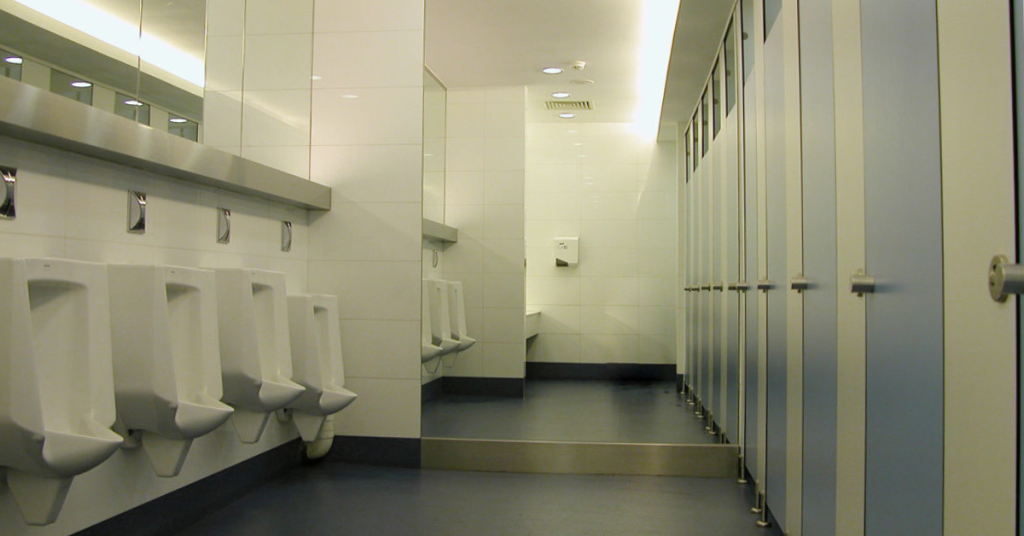
Although coffee shop toilets, which are privately operated, are usually free to use, some town councils charge fees for access to toilets in certain hawker centres.
However, enforcing such a rule could be tricky. Would businesses use this as an excuse to charge customers without actually improving facilities? Without proper regulations, there’s a risk that people will still get the same dirty toilets, just with a fee attached.
Nonetheless, according to the Straits Times, World Toilet Organisation founder Jack Sim suggested a “name and shame” approach to pressure coffee shop owners into maintaining cleaner toilets.
It’s an interesting idea—publicly listing the dirtiest toilets could motivate operators to improve, but it could also backfire if businesses simply ignore the negative press.
Authorities have already ramped up enforcement. In 2024, the Singapore Food Agency (SFA) suspended 10 coffee shops for toilet-related offences, a sharp increase from just one suspension in previous years.
More than 1,200 enforcement actions, including fines and warnings, were issued in 2024 alone. Still, the numbers indicate that many establishments continue to neglect basic hygiene.
The habits start from within
While coffee shop operators must take responsibility for providing clean facilities, customers also have a role to play. Here are some simple practices that can help:
1. Flush properly: It sounds obvious, but many users fail to flush thoroughly, leaving behind a mess for the next person.
2. Dispose of tissue paper correctly: Don’t clog the toilet with excessive paper. Use provided bins if necessary.
3. Keep sinks clean: Avoid leaving behind food bits, cigarette butts, or other waste in the sink.
4. Encourage reporting: If you notice an issue, report it to the management instead of ignoring it.
5. Use the facilities with consideration: Basic respect for shared spaces can go a long way.
The SMU study has once again highlighted the dire state of Singapore’s coffee shop toilets. While increased penalties and financial incentives exist, real change requires accountability from coffee shop owners, stricter enforcement, and a shift in public behaviour.
Until then, it seems like holding your breath and rushing through the experience remains the best strategy when nature calls in a coffee shop.
- Read other articles we’ve written about Singapore here.
Also Read: CARiNG’s CNY video reminds us what “home” really means, and it’s not about a place
Featured Image Credit: Bar Talks


